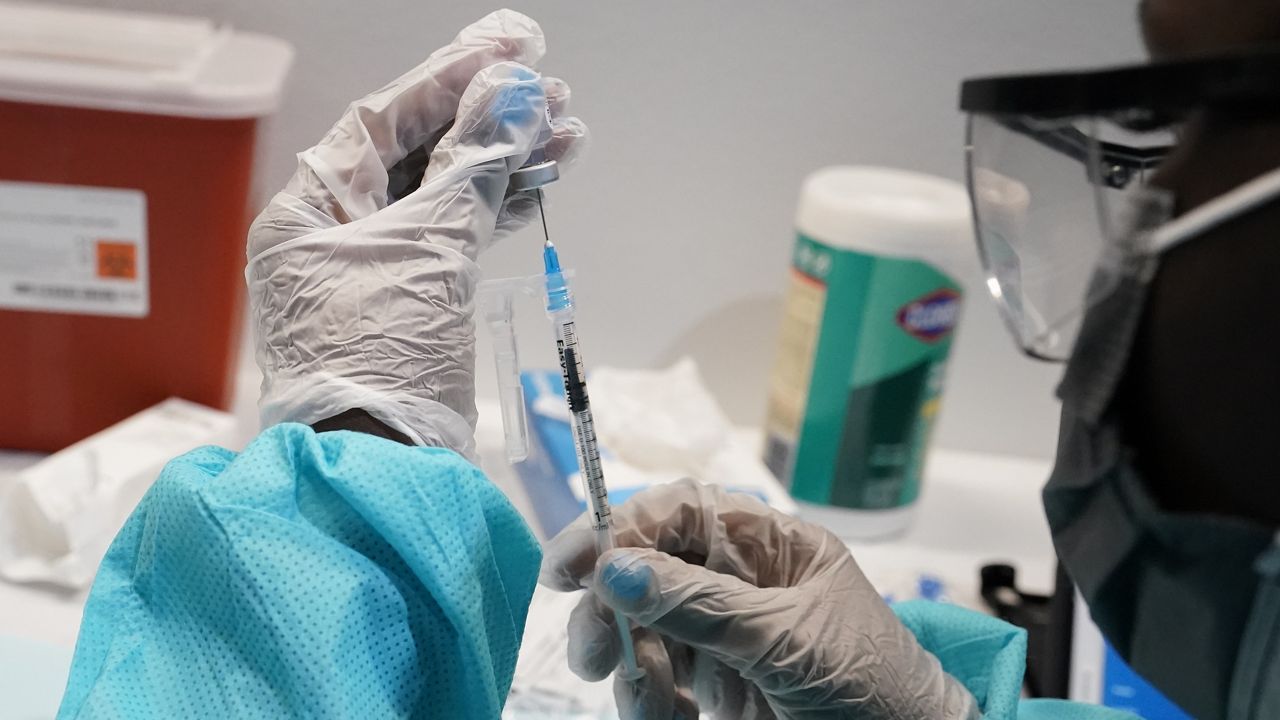Penicillin is a commonly used antibiotic. Experts say it’s a good one, and even though it’s considered by some as old school, its range of treatment is important in the medical world. About 10% of people in the United States report having a penicillin-class antibiotic allergy, which includes amoxicillin or ampicillin, but it might not be a true penicillin allergy.
What You Need To Know
- Penicillin class includes amoxicillin and ampicillin
- Avoiding the use of penicillin means a patient would have to use stronger and harsher antibiotics
- It can lead to up to $70,000 increased lifetime health care cost for a patient to avoid using penicillin
Meet Hisham Khatib. He's 11-years-old and has a penicillin allergy. His mom, Kelly, learned about his penicillin allergy when he had an earache at 6 months old.
"We took it for something that was just a normal thing," Kelly said. "They prescribed him the penicillin and almost immediately when I gave it to him… maybe a couple hours later he broke out in complete hives and I was terrified."
She says the allergy makes health care very difficult for Hisham.
"Hisham is also on the autism spectrum," she explained. "So we have to be very careful about the things that he’s putting in his body. We also have to be very careful if it’s a type of drug he is able to take."
Dr. Allison Freeman, a clinical assistant professor at the UB School of Medicine, says Hisham’s reaction to the drug is common. She says penicillin class drugs are some of the most commonly used drugs, and because they’re so widely used, it’s also the number one drug allergy on patient medical encounters. That’s about 10% of patients in the U.S., but they actually might not be allergic.
"However, 30 years of skin testing for this drug has led us firmly to believe that 95% of people who report having allergic symptoms while taking penicillin are, in fact, not allergic," Dr. Freeman said.
Dr. Freeman says that percentage depends on the study you look at, but the message here is that an actual penicillin allergy is rare. And it’s not that they outgrew it or the allergy disappeared over time. She suggests data shows that even people who’ve had a recent allergic reaction actually test negative and says the wrong culprit has been blamed for many of those reactions.
"Historically, you break out in hives while taking penicillin," Dr. Freeman explained. "Your doctor blames the penicillin. But we now know that patients break out in hives or have acute allergic symptoms from lots of other things, including the underlying infection that's being treated."
That’s why Dr. Freeman says it’s important to document your symptoms if you have an allergic reaction and also see an allergist sooner than later so you can get tested and possibly get the allergy cleared from your chart.
"When you don't use penicillin to treat common infections, you end up using much harsher antibiotics with many more side effects that cause the body's bacteria to change and become resistant over time," she said.
Then you keep using alternatives and she says eventually your body will become resistant to those as well, and that can add up.
"Ultimately it leads to up to $70,000 increased lifetime health care cost for a patient to avoid penicillin because of an allergy label," Dr. Freeman said.
Dr. Freeman says those who are frequently using antibiotics, have far more reported allergy to antibiotics.
"Small children having back-to-back ear infections, older folks having, you know, post post-surgical infections, things like that. But the allergy to the drug is not a fixed for life problem," she said.
Even people with a confirmed penicillin allergy can see an allergist every 10 years to get reassessed.
That’s good news for people like Hisham. Kelly says she’d consider getting her son retested, but with her son being on the autism spectrum, it gives her pause.
"Because you don't want to add anything, you don’t for him to actually have an other reaction so it’s something I would consider but it might take me a little bit longer to have him retested," Kelly said.







